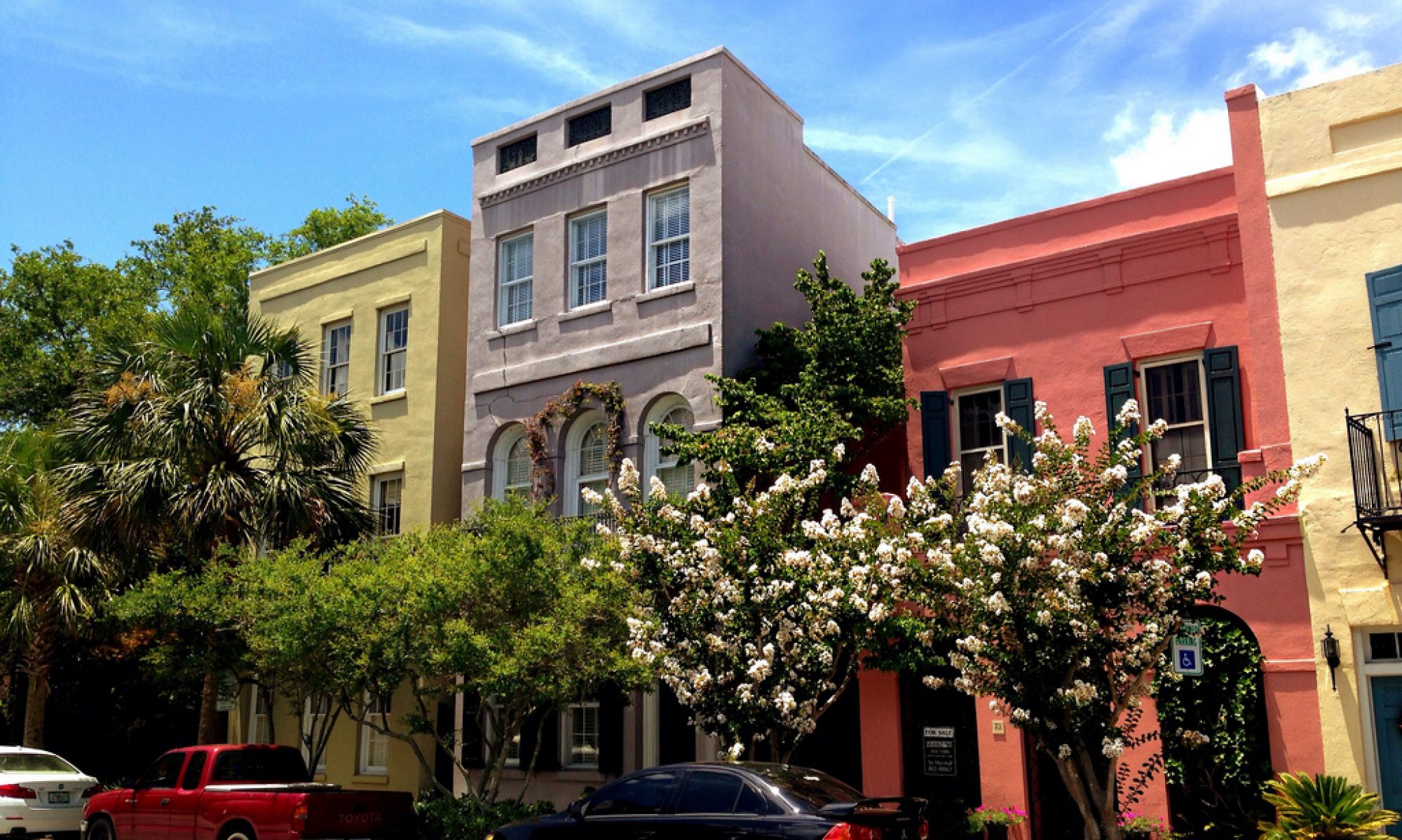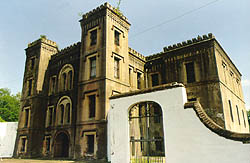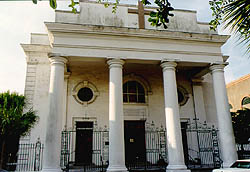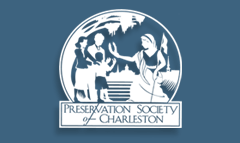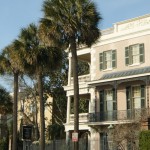
www.charlestonmuseum.org
360 Meeting Street,
Charleston,
SC – 29403
843-722-2996
Email – info@charlestonmuseum.org
‘America’s First Museum, founded in 1773.
Its mission is to preserve and interpret the cultural and natural history of Charleston and the South Carolina Lowcountry.
We invite you to explore this rich, varied history at the Museum and its two National Historic Landmark houses.
All are located downtown, in America’s Most Historic City.
Inspired in part by the creation of the British Museum (1759), the Museum was established in 1773 by the Charleston Library Society and is commonly regarded as America’s first museum. Its early history was characterized by association with distinguished South Carolinians and scientific figures including Charles Cotesworth Pinckney, Thomas Heyward, Jr., Reverend John Bachman and John J. Audubon. Many of the original collections were destroyed by fire in 1778 and operations were suspended during the American Revolution; however, collecting resumed in the 1790s.’
‘First opened to the public in 1824, the Museum developed prominent collections declared in 1852 by Harvard scientist Louis Aggasiz to be among the finest in America.
Operations were temporarily suspended due to the Civil War, but began again shortly after the conflict.
Progressively acquired from the late 18th century to the present, the Museum’s collections now present the oldest-acquired and the most comprehensive assemblage of South Carolina materials in the nation.
Modern collecting emphases include natural science, ornithology, historical material culture and both documentary and photographic resources.’
Hours of Operation
Museum – Monday-Saturday 9-5, Sunday 1-5
Historic Houses – Monday-Saturday 10-5, Sunday 1-5
Admission
Museum – $10/adults, $5/children 4-12, children 3 and under free
Historic Houses – $10 adults, $5/children 4-12, children 3 and under free
Group rates and discounted multi-site tickets available
Information and Prices subject to change
